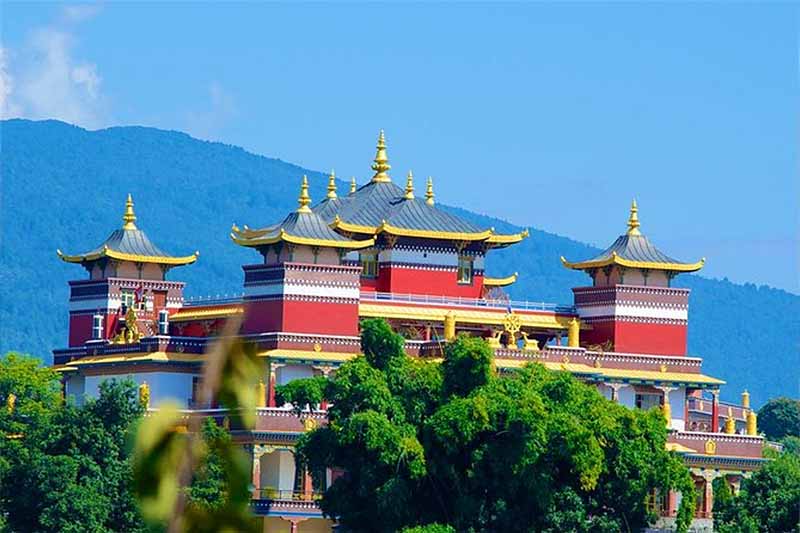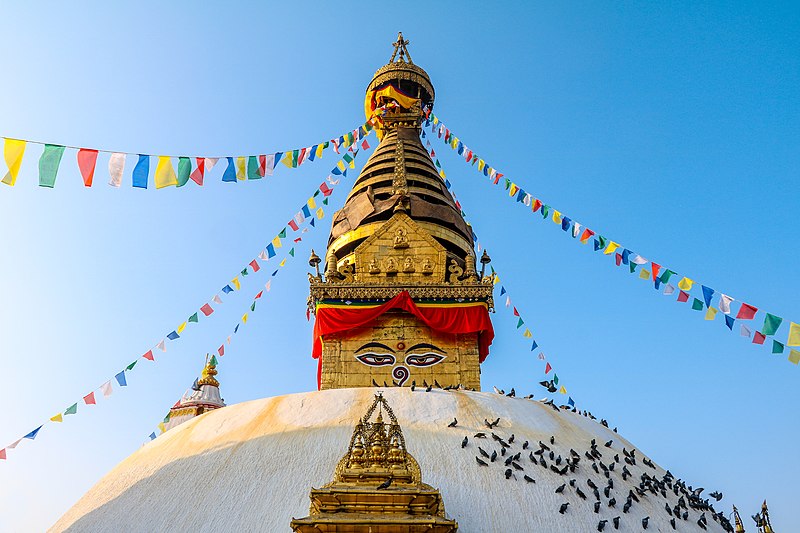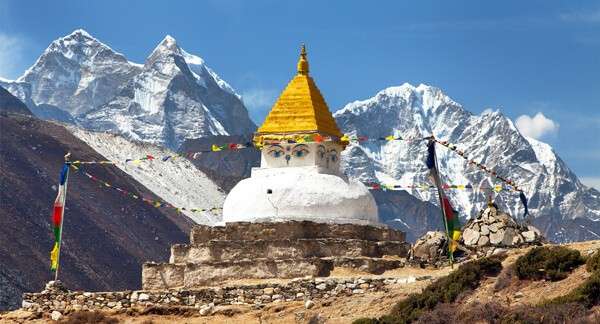Discovering the Spiritual Heritage of Nepal: Exploring the Monasteries
2023-03-08 06:03:35

Nepal is a country with a rich spiritual heritage, and one of the most notable features of this heritage is its many monasteries. Monasteries in Nepal, also known as gompas, are important centers of learning and meditation for Buddhists, and they also offer a fascinating glimpse into the country's history and culture. In this blog, we will take a closer look at monasteries in Nepal and explore what makes them such important and unique places.
The History of Monasteries in Nepal
The tradition of monasticism in Nepal dates back to the 3rd century BCE, when Emperor Ashoka sent Buddhist missionaries to the region. These missionaries established monasteries and spread the teachings of Buddhism throughout the country. Over time, the monasteries became centres of learning, meditation, and spiritual practice, and they played a vital role in shaping the culture and traditions of Nepal.
Many of the oldest monasteries in Nepal are located in the Kathmandu Valley, which was once the Center of the country's religious and cultural life. Some of these monasteries, such as Swayambhunath and Boudhanath, are still major pilgrimage sites today and are visited by thousands of people each year.
The Architecture of Monasteries in Nepal
The architecture of monasteries in Nepal is distinctive and often reflects the local culture and environment. Many monasteries are built on hilltops or in remote locations, which gives them a sense of seclusion and tranquillity. The buildings are typically constructed of stone and wood and feature intricate carvings and decorative elements.
One of the most notable features of monasteries in Nepal is their prayer wheels. These are cylindrical devices that are filled with prayers and mantras and are spun by visitors as a form of meditation and devotion. Prayer flags, which are colourful pieces of cloth inscribed with prayers, are also a common sight at monasteries in Nepal. These flags are believed to carry prayers and blessings on the wind, spreading their positive energy throughout the world.
The Role of Monasteries in Nepalese Society
Monasteries in Nepal play an important role in the country's religious and cultural life. They are places of worship, meditation, and learning for Buddhists, and they also serve as centers of community life. Monasteries often host festivals and events throughout the year, which bring people together and celebrate the rich cultural heritage of Nepal.
In addition to their spiritual and cultural importance, monasteries also play a vital role in preserving the natural environment of Nepal. Many monasteries are located in remote areas that are rich in biodiversity, and they work to protect the local ecosystems and wildlife. Monasteries are also involved in community development projects, such as building schools and health clinics, which benefit the local population.
Conclusion
Monasteries in Nepal are an important and unique feature of the country's spiritual and cultural heritage. They are places of worship, learning, and meditation, and they also serve as centers of community life. The distinctive architecture and beautiful natural settings of these monasteries make them a must-see destination for anyone interested in exploring the rich cultural heritage of Nepal. Whether you are a spiritual seeker, a cultural enthusiast, or a nature lover, a visit to one of Nepal's many monasteries is sure to be a memorable and rewarding experience.





